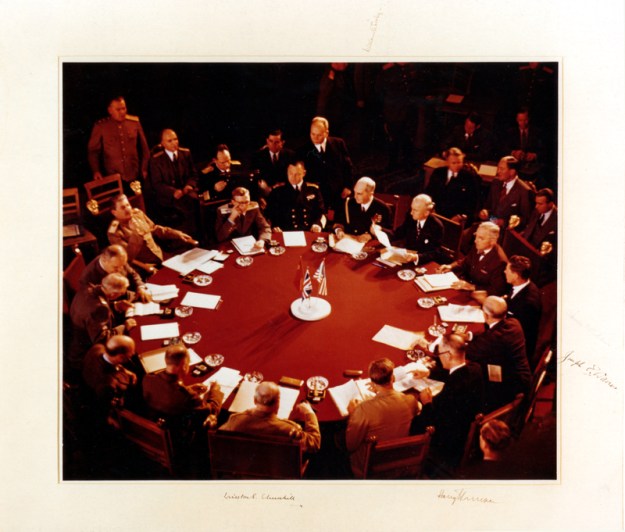Trinitite is a mineral with a glass-like consistency that was formed by arkosic sand drawn up inside the fireball of the plutonium atom bomb tested at the Trinity site in New Mexico.

Trinitite glass formed both as pancake fragments (like the crusted top of a crème brûlée) on the ground from the blast as well as formed into bead and dumbbell shapes that rained down in molten form when material was drawn into the fireball.

Green trinitite, the most common, is theorized to contain blobs of melted iron and lead which are bits and pieces of the first atomic bomb and the support structure. Green trinitite
Red trinitite, found to the north of the test area, contains material in the glass from the copper wires that connected the bomb to instruments in the bunkers.

Trinitite can still be found at the Trinity site (available for visits twice each year during the White Sands Missile Range Open House) although most of it was removed and buried by the U.S. government.



Since 1952, it has been illegal to take trinitite from the site. Prior to the ban, lots of the material was gathered for collectors, jewelry, and souvenirs. Trinitite from that era is still widely available for trade.
Trinitite is only mildly radioactive and considered safe to handle.









